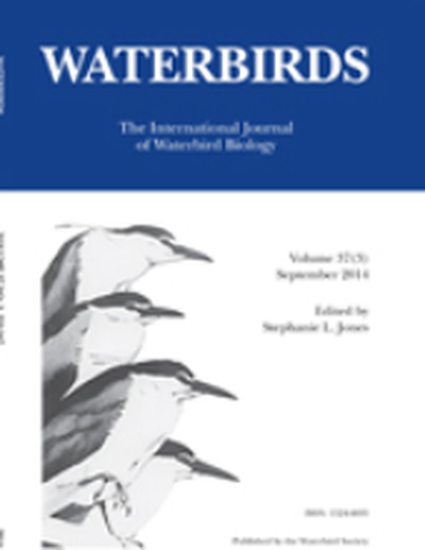
Article
Role of Benthic Substrate in Waterbird Distribution on Great Salt Lake, Utah
Waterbirds
(2014)
Abstract
Benthic substrate has a large impact on aquatic plant and invertebrate assemblages and likely directly or indirectly influences waterbird distributions. The association of birds with various substrates can be important in survey design or habitat management. Northern Shoveler (Anas clypeata), Common Goldeneye (Bucephala clangula), Eared Grebe (Podiceps nigricollis), Ring-billed Gull (Larus delawarensis) and California Gull (L. californicus) densities on the hypersaline Great Salt Lake, Utah, were estimated to determine the association of bird distributions with benthic substrates. Three of the four groups of species monitored had densities that varied by benthic substrate; gulls were the exception. Eared Grebes occurred at the highest densities over calcareous reef-like structures known as bioherms, either as a result of ideal water depths for foraging or greater prey densities, than over other substrates. The highest densities of Northern Shovelers and Common Goldeneyes were observed over mud substrates. This was likely due to mud being common near freshwater inflow sites and in lower salinity bays, areas waterfowl concentrate in because of the lower osmoregulatory demands compared to more pelagic areas of the Great Salt Lake. Knowing the relationship between waterbird densities and substrate will help managers estimate avian populations on hypersaline lakes.
Disciplines
Publication Date
2014
DOI
https://doi.org/10.1675/063.037.0308
Citation Information
Michael Conover. "Role of Benthic Substrate in Waterbird Distribution on Great Salt Lake, Utah" Waterbirds Vol. 37 Iss. 3 (2014) p. 298 - 306 Available at: http://works.bepress.com/michael-conover/75/
